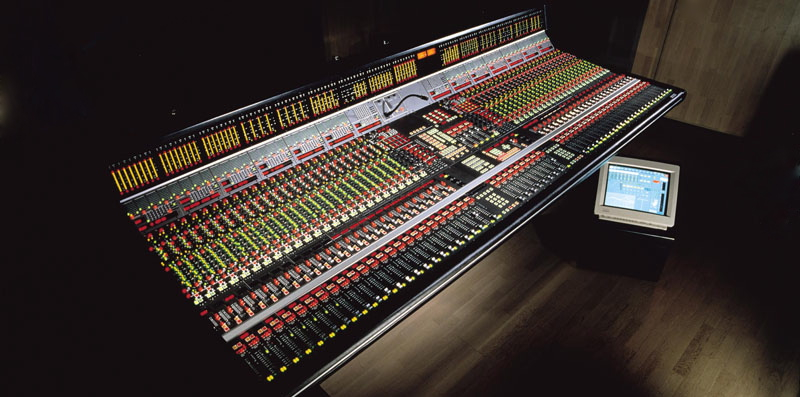In 1985 Harrison introduced the Series 10, the world’s first fully automated console. At the time considered almost ‘science fiction-like’ in the sound recording community. Though the Series 10 is credited for the mix of Janet Jacksons ‘Rhythm Nation’ released in 1989, it is rumored to have had a lot of issues. It was followed by the Series 10B in 1989, which seems to be a much more stable system, received the TEC Award in 1991, and still is in use in studios today.
In the early 90′s Gary Thielman of Harrison Consoles put together a group of three prominent Series 10B users to lay out the schemes for the next generation Harrison console, the Series Twelve, introduced in 1994.

The obvious changes in the new design were the separation of the all digital control surface and the analog audio racks, the use of up to four layers of channels on the control surface allowing a more compact design, the touch screen that is the interface for the mix computer – a NuBus Apple computer – and finally, the shared panel making it possible for the user to stay in the listening sweet spot when processing any channel on the console.
Another major feature was the modular design of the system allowing the layout of the control surface to be tailored for film, broadcast and music studios. However when the Series 12 was introduced the music recording business was beginning to decline and the majority of these voluminous and expensive systems were sold to film and broadcast.
Despite it’s complexity the Series 12 is considered a very stable system, proven not the least by the fact that the two first consoles made were sold into broadcast applications, perhaps the most demanding environments for a mixing console, and remained in operation until just recently.
